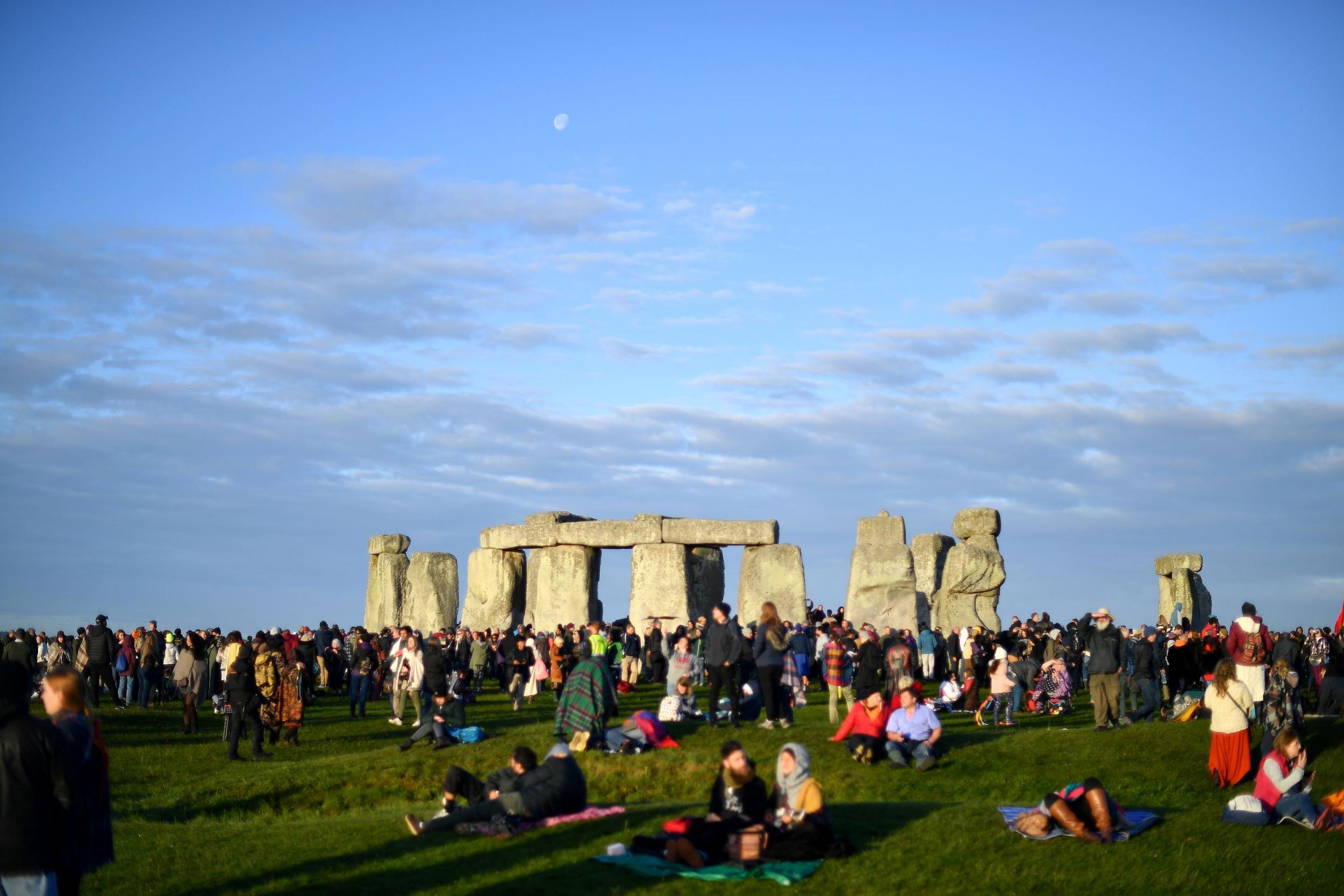The Independent's journalism is supported by our readers. When you purchase through links on our site, we may earn commission.
Stonehenge welcomes crowds to watch sunrise on summer solstice
Thousands gather to see sunrise
Your support helps us to tell the story
From reproductive rights to climate change to Big Tech, The Independent is on the ground when the story is developing. Whether it's investigating the financials of Elon Musk's pro-Trump PAC or producing our latest documentary, 'The A Word', which shines a light on the American women fighting for reproductive rights, we know how important it is to parse out the facts from the messaging.
At such a critical moment in US history, we need reporters on the ground. Your donation allows us to keep sending journalists to speak to both sides of the story.
The Independent is trusted by Americans across the entire political spectrum. And unlike many other quality news outlets, we choose not to lock Americans out of our reporting and analysis with paywalls. We believe quality journalism should be available to everyone, paid for by those who can afford it.
Your support makes all the difference.Thousands of people are celebrating the summer solstice today at Stonehenge.
This morning, crowds of people gathered at the prehistoric monument in Wiltshire to watch the sun rise at 4.52am.
The site is built on the alignment of the midsummer sunrise and the midwinter sunset.
When the sun rises, it lines up with the Heel stone and the Altar stone of the ancient site.
It is widely believed that the summer solstice has been celebrated at Stonehenge for thousands of years.

Many people visit Stonehenge, which is thought to have been erected between 2000 BC and 3000 BC, as it is believed to be an ancient religious site.
Spectators often include pagans and druids who cheer and dance as the sun rises at the location.
Friday’s celebration also marked the first time English Heritage aired a live feed from a camera close to the stones to allow people around the world to tune in with the activities taking place at the site all day.
The feed, which has been launched by the English Heritage under the Stonehenge Project, will later be replaced by a computer-generated image of the night sky at the moment the viewer clicks on website’s link.
Today, the UK will be treated to 16 hours and 38 minutes of daylight on the day before the sun sets at 9.21pm.
The summer solstice – otherwise known as the festival solstice, midsummer or Litha – is the longest day of the year.
It occurs when the earth’s geographical pole on either the northern or southern hemisphere becomes most inclined towards the sun and officially marks the beginning of summer.
In astrological terms, the summer solstice marks the end of spring and start of summer for the northern hemisphere.
It will end with the autumn equinox, which this year falls on 23 September.
Join our commenting forum
Join thought-provoking conversations, follow other Independent readers and see their replies
Comments